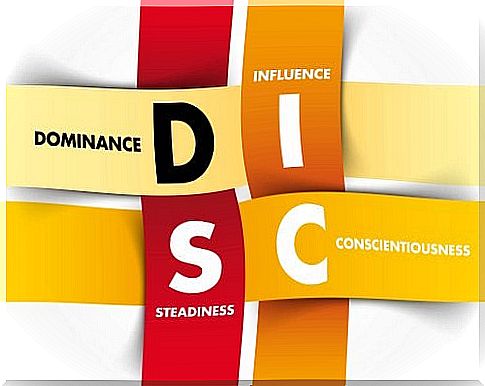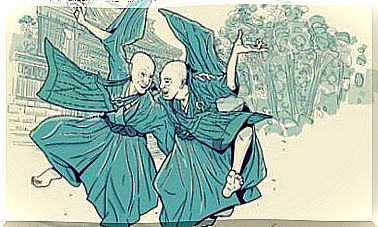DISC Tools: What Does Wonder Woman Have To Do With Personality Studies?

Dr. William Moulton Marston defined four personality traits that together constitute DISC tools: Dominance (D), Influence (I), Stability (S) and Conscience (C).
Around the year 400 BC. Hippocrates developed the theory of the four moods. According to this, the four human body fluids (blood, mucus, yellow bile and black bile) must always be balanced. However, one of them always dominates in each individual person, resulting in a certain temperament: sanguine, phlegmatic, choleric or melancholic.
About. 1500 years later, the eighth edition of All Stars Comics was for sale. It featured a new superhero named Wonder Woman. She was one of the first and undoubtedly most popular superheroes. The creator, Charles Moulton, signed the script as screenwriter. But what does this have to do with Hippocrates’ theory?
A psychologist interested in “ordinary people”
It’s easy to answer: Charles Moulton was nothing less than the author name of William Moulton Marston, a former psychology professor at American University and inventor of the polygraph.
DISC tools were the first personality tool in the modern era based on the four cardinal points of human behavior, as in Hippocrates’ theory. These points represent four extreme personalities. The various possible combinations of these personality traits define the DISC profile of each individual person.

The name of the tool comes from the abbreviations of these personalities, which we mentioned earlier: Dominance (D), Influence (I), Stability (S) and Conscience (C).
Professor Marston was not so interested in studying mental illness. In fact, he enjoyed studying “ordinary” people. He first talked about his DISC tool in his book Emotions of Normal People.
What does the DISC acronym mean?
But what is the real meaning of the DISC acronym? The DISC model takes into account two axes: how one perceives oneself with regard to one’s social environment and whether one perceives this environment as favorable or antagonistic.
Here are the four personality traits of DISC tools:
- Dominance: You consider yourself superior to your environment, which you consider antagonistic. Therefore, you focus on exercising your power. This personality trait dominates in steady and confident people who focus on achieving their goals.
- Influence: You consider yourself better than your environment. However, you consider your environment favorable. This personality trait dominates in optimistic, outgoing and enthusiastic people.
- Stability: You consider yourself too bad for an antagonistic environment. You are committed to “doing the right thing”. This personality trait dominates in reserved, cautious and analytical people.
- Conscience: You consider yourself inferior to your environment, but you accept this inferiority. In other words, you do not consider the environment antagonistic. This personality trait dominates in calm, humble and patient people.
Current use of DISC tools
Given that Marston never patented or registered the trademark of its tool, there are several tests based on it. In fact, many of them are commercial and used by HR departments. This is because being familiar with the applicant’s behavioral profile is important for those responsible for hiring new employees.

In addition, counselors have also widely used DISC tools in educational settings to understand students’ reactions and motivations. Thanks to the use of DISC tools, it is possible to deepen our knowledge of our own behavior.









